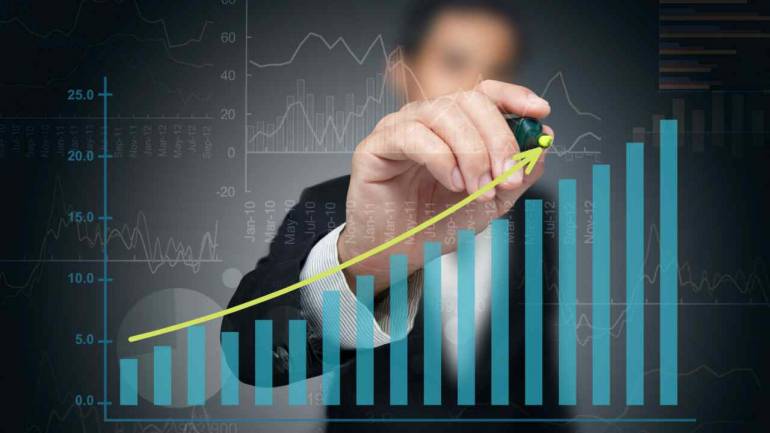Clear signs of investment recovery, upturn may last to up to 2022-23: RBI paper
There is growing evidence suggesting a definite upturn in investment activity in India since 2016-17, a latest RBI paper has said. The upturn in the current investment cycle is estimated to last up to 2022-23 when the investment rate is estimated to increase up to 33 percent of GDP from the current level of 31 percent.
However, this will require policy efforts on multiple fronts such as further improving ease of doing business, expediting resolution of stressed assets, addressing the NPA problem and speeding up implementation of stalled projects, said the paper entitled “India’s Investment Cycle: An Empirical Investigation”.
The paper written by Janak Raj, Satyananda Sayhoo and Shiv Shankar, found out that while the average duration of expansion or speed-up (from trough to peak) was 1.6 years (seven quarters), the average duration of slowdown (from peak to trough) was 1.4 years (five quarters).
From 1950-2017-18, there were broadly nine phases of contraction and expansion of two years and above. The largest decline in investment activity from 2011-12 to 2015-16, reflecting a combination of global and domestic factors.
Bank credit growth of scheduled commercial banks, which decelerated from 21.3 percent in March 2011 to 4.5 percent in February 2017, has also shown a gradual pick up from the third quarter (October-December) of 2017-18.
The paper also said that investment activity in India is affected by several macro-financial factors such as real GDP growth, real interest rate, bank credit growth, global GDP growth and gross fiscal deficit (GFD).
For instance, a one percentage point increase in the real lending rate, reduces the real investment rate in the rage of 0.29-0.40 percentage points.
“The recent improvement in credit growth is also becoming increasingly broad-based. Credit flows to industry, which contracted during October 2016 to October 2017, has turned positive since November 2017,” it said.
Capacity utilisation in the manufacturing sector, which plays a significant role in promoting fresh investment activity, has also picked up since the second half (October-March) of 2017-18.
The sharp acceleration in real GDP growth in April-June 2018-19 and acceleration in bank credit growth augur well for sustaining investment activity going forward.
The Indian economy grew 8.2 percent in April-June this year, the highest in three years, amid signs that households are buying more and companies are adding capacities, shrugging off the disorderly effects of the twin shocks of demonetisation and the goods and services tax (GST).
India also cemented its status as the world’s fastest growing major economy, ahead of China, which grew 6.7 percent in April-June 2018. At the current pace, India looks set to become the world’s fifth largest economy, ahead of the United Kingdom.
According to latest World Bank data, India edged past France to become the world’s sixth largest economy. India’s GDP stood at $2.597 trillion in 2017 in current prices in market exchange rates, ahead of France whose GDP stood at $2.582 trillion in 2017.
This was the fastest growth in eight quarters, aided by a rapid construction activity, consumer spending and corporate investment.
Gross Fixed Capital Formation (GFCF), a useful metric to measure corporate investment activity, grew 10.0 percent in April-June.
“However, uncertainties on the global front and financial market volatility need to be guarded against,” the RBI paper said.
[“source=ndtv”]





